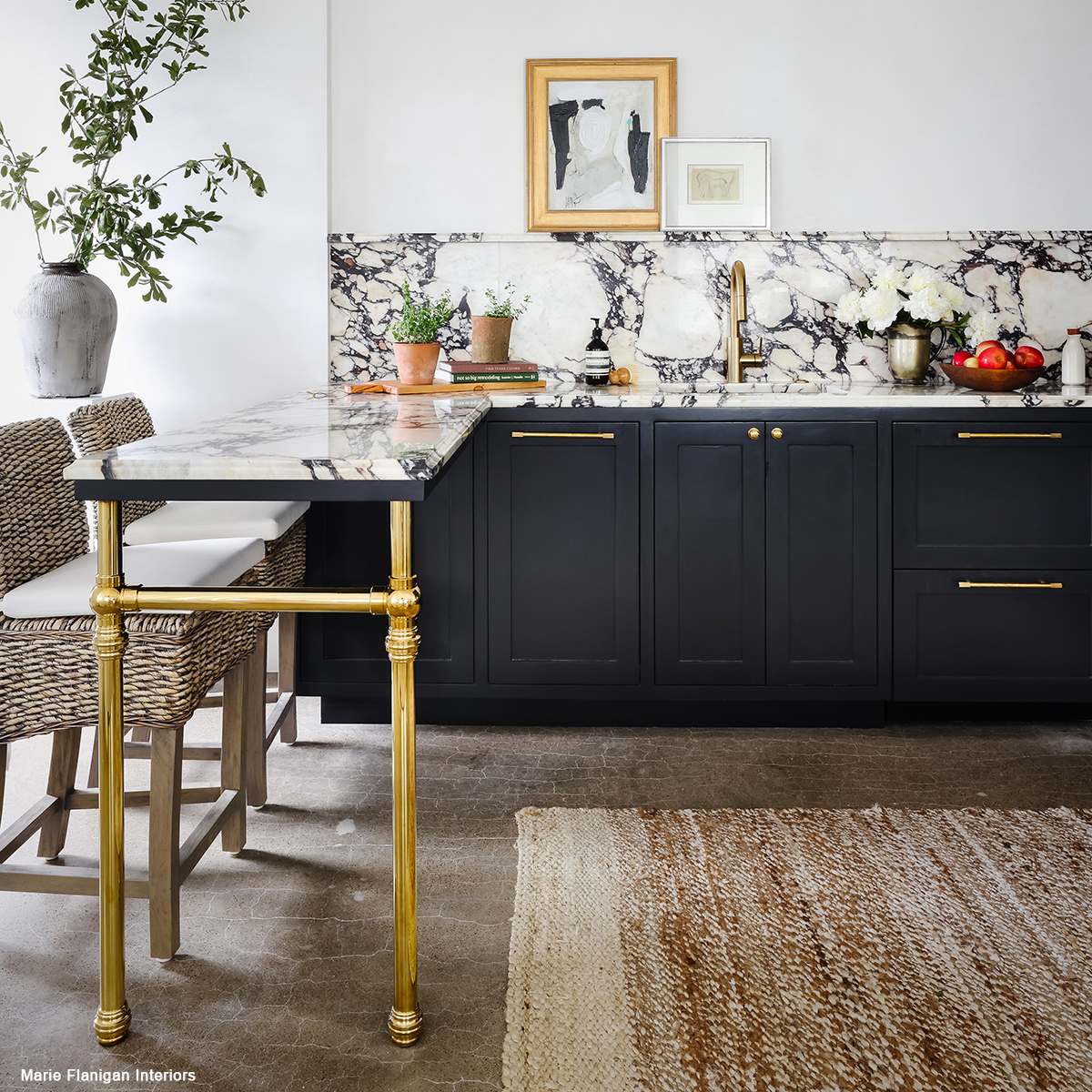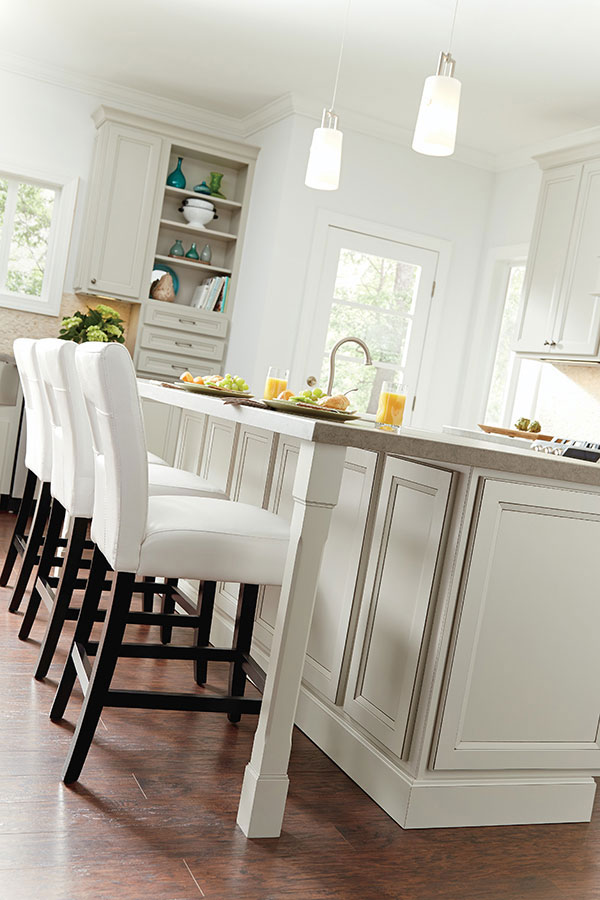Maximize Versatility with Adjustable Legs For Kitchen Island Features
Maximize Versatility with Adjustable Legs For Kitchen Island Features
Blog Article
A Guide to Selecting the Perfect Legs For Cooking Area Island for Your Home
Selecting the perfect legs for your kitchen island is a nuanced decision that influences both the capability and aesthetic appeal of this central room. As you take into consideration these aspects, it ends up being apparent that the right legs can change not just the look of your kitchen but additionally its use for years to come.

Recognizing Kitchen Area Island Legs
When picking legs for a kitchen area island, it's necessary to comprehend their visual and functional roles in the general layout. The legs serve as an essential support system, making sure stability and toughness for the island, which frequently works as a workspace, dining area, or collecting place. For that reason, the selection of product and construction method have to be durable enough to endure everyday usage and possible wear.
In enhancement to their architectural duties, legs add dramatically to the island's visual appeal. They can enhance the kitchen's style, whether via typical, contemporary, or diverse designs. The elevation and percentage of the legs are additionally critical considerations; they must harmonize with the island's countertop height while ensuring comfy seating for those using the space.
Furthermore, the leg design can influence the general flow of the cooking area. Open, ventilated leg styles can create a sense of lightness, while strong, significant legs might communicate a much more grounded and stable visual - Legs For Kitchen Island. Recognizing these useful and visual facets will certainly assist house owners in making educated selections that match their kitchen area's design and boost its use
Popular Styles and Materials
The selection of legs for a kitchen island incorporates a range of popular designs and products, each offering distinct characteristics that can boost both performance and looks. Among one of the most in-demand styles are modern, rustic, and conventional. Contemporary legs frequently include smooth, minimal styles that emphasize simpleness and clean lines, making them excellent for contemporary cooking areas. Rustic styles, on the various other hand, accept all-natural aspects and often showcase redeemed timber or distressed surfaces, including heat and beauty to the space. Typical legs generally show elaborate information and workmanship, improving timeless kitchen area layouts.

Elevation and Stability Considerations

The legs of the kitchen area island need to offer ample support, making sure that the framework can endure day-to-day use without changing or wobbling. Material option plays a significant function in security; steel legs, for instance, tend to supply greater stamina contrasted to timber.
Matching Your Cooking Area Visual
Choosing the ideal legs for your cooking area island goes past performance; it additionally plays a substantial function in the general aesthetic of the area (Legs For Kitchen Island). When selecting legs, think about the design style of your kitchen.
Color is another crucial factor. Legs that complement or comparison with your island's surface area and bordering cabinets can create visual consistency or striking prime focus. Pairing dark timber legs with a light marble counter top can add depth and passion. Additionally, take into consideration the surface of the legs; matte, glossy, or distinctive finishes can dramatically affect the total feeling of the kitchen area.
Setup and Maintenance Tips
Mounting kitchen area island legs calls for cautious attention to information to ensure both security and visual charm. Begin by selecting an appropriate location for your island, ensuring it is degree and has sufficient room for motion. If you are affixing the legs to a wall or utilizing braces for added assistance, use a stud finder to find wall surface studs. Mark the placement of the legs precisely prior to drilling.
When securing the legs, utilize high-quality screws and, if needed, wood glue for extra toughness. For steel legs, guarantee that you are utilizing proper supports and devices to avoid damage to your floor covering. It is suggested to look for levelness after setup, making modifications as required to stay clear of tottering.
Upkeep is just as important for longevity - Legs For get more Kitchen Island. Consistently examine the legs for any kind of signs of wear or loosening, particularly in high-traffic areas. Clean the legs with a suitable cleaner, avoiding abrasive materials that may scratch the surface. For wooden legs, consider using a timber conditioner occasionally to keep their coating. By adhering to these installment and upkeep ideas, you can make sure that your kitchen area island legs stay both practical and visually appealing.
Conclusion
In conclusion, choosing the appropriate legs for a kitchen area island necessitates cautious factor to consider of height, security, and aesthetic compatibility. Eventually, thoughtful leg option plays an important duty in elevating both the functionality and design of the kitchen area room.
When selecting legs for a kitchen area island, it's essential to comprehend their aesthetic and useful roles in the general layout. Open, ventilated leg styles can produce a sense of lightness, while strong, substantial legs may convey a much more based and stable aesthetic. The legs of the kitchen area island need to supply ample support, making sure that the framework can withstand everyday use without changing or tottering.Installing kitchen island legs needs cautious interest to information to make certain both security and visual appeal.In conclusion, selecting the suitable legs for a kitchen visit this site right here area island requires cautious factor to consider of elevation, security, and aesthetic compatibility.
Report this page